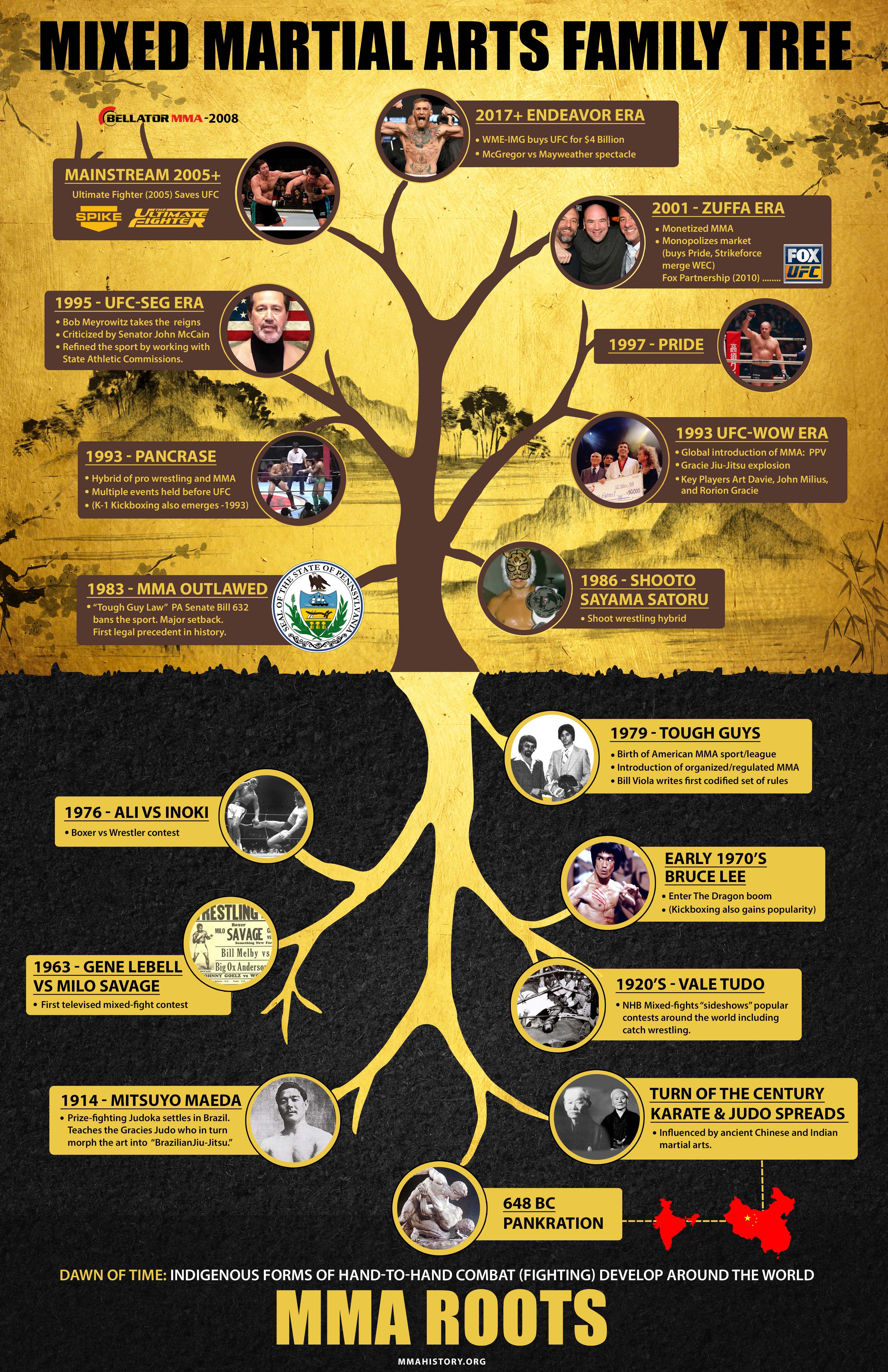The Background And Viewpoint Of Martial Arts: A Deep Dive
The Background And Viewpoint Of Martial Arts: A Deep Dive
Blog Article
Material By-Ingram Barbour
Step into the old world where martial arts were substantiated of necessity in diverse regions. Societies crafted distinct combating styles intertwined with historic contexts. Techniques advanced over centuries through dedicated practice and social exchanges. Today, modern martial arts mix standard components for optimal performance. Philosophically, martial arts highlight technique, self-improvement, and consistency. Respect, humbleness, and equilibrium are fundamental concepts leading experts towards development and durability. Explore the midsts of this rich background and ideology to reveal the profound impacts shaping this enduring technique.
Beginnings of Martial Arts
Fighting style came from numerous regions around the world, developing as sensible combat systems to defend against dangers. These ancient combating designs were established out of requirement, with each culture crafting techniques suited to their unique environments and challenges. From the grappling arts of Jujutsu in Japan to the striking methods of Martial art in China, martial arts were deeply linked with the historic, social, and social fabric of their particular societies.
In Japan, the samurai class refined martial arts like Kenjutsu, the art of the sword, which later developed right into the a lot more popularized type of Kendo. At the same time, in Brazil, Capoeira became a blend of dancing and fight, developed by enslaved Africans as a means to stand up to injustice. Each fighting style brings with it a rich history and ideology, mirroring the values and beliefs of individuals who practiced them.
As you explore the origins of martial arts, you reveal a tapestry of human ingenuity, resilience, and the stubborn spirit of warriors throughout time.
Advancement of Techniques
Via centuries of practice and improvement, combat strategies within different martial arts have undertaken a profound advancement. From ancient designs like Martial art and Martial arts to more modern self-controls such as Brazilian Jiu-Jitsu and Krav Maga, the evolution of techniques has actually been driven by a mix of cultural impacts, sensible applications, and technical developments.
One substantial element of this advancement is the cross-pollination of techniques in between different martial arts. For example, techniques from traditional Japanese Jiu-Jitsu were included right into the development of Judo by Jigoro Kano in the late 19th century. This blending of styles has brought about the development of hybrid martial arts like Mixed Martial Arts (MIXED MARTIAL ARTS), which incorporate components of striking, grappling, and entry strategies.
In addition, the advancement of methods has been shaped by the boosting emphasis on efficiency and efficiency in combat. Professionals have actually continuously sought to fine-tune their methods via rigorous training, experimentation, and competition, resulting in the growth of very specialized and efficient battling designs. Overall, the advancement of techniques in martial arts reflects the vibrant nature of fight and the continuous pursuit for improvement and advancement.
Thoughtful Structures
Exploring the underlying philosophical concepts of martial arts gives insight into their core worths and directing beliefs. At the heart of many martial arts self-controls is the principle of self-control itself. By educating your body and mind to act as one natural device, you grow discipline that expands past the dojo or health club right into everyday life. This technique includes regard, humility, and self-constraint, shaping not just your physical abilities but also your character.
One more basic philosophical structure in martial arts is the concept of constant self-improvement. jiu jitsu classes near me for adults of understanding a fighting style is relentless, with practitioners continuously striving to far better themselves, both physically and mentally. This focus on development fosters durability, determination, and a growth attitude that can be put on all aspects of life.
Moreover, martial arts emphasize the importance of harmony and balance. Strategies are designed to use an opponent's energy versus them, highlighting the concept of producing and rerouting force as opposed to satisfying it head-on. This viewpoint extends to interpersonal partnerships, advertising tranquil resolutions and good understanding. By embracing https://self-defense-moves-every13074.thenerdsblog.com/36806778/check-out-the-methods-which-fighting-styles-can-enhance-your-youngsters-s-physical-conditioning-and-coordination-while-providing-a-satisfying-and-interactive-experience-encourage-their-inner-warrior-to-arise-today , martial artists not just boost their fight skills however likewise grow a way of living fixated individual development, regard, and harmony.
Verdict
In conclusion, the history and approach of martial arts offer an abundant tapestry of tradition, self-control, and self-improvement.
Consider instance the story of Bruce Lee, that changed martial arts by blending various designs and approaches to develop his very own one-of-a-kind form of Jeet Kune Do.
With devotion and advancement, martial artists remain to push boundaries and motivate others to reach their full potential both in combat and in life.
